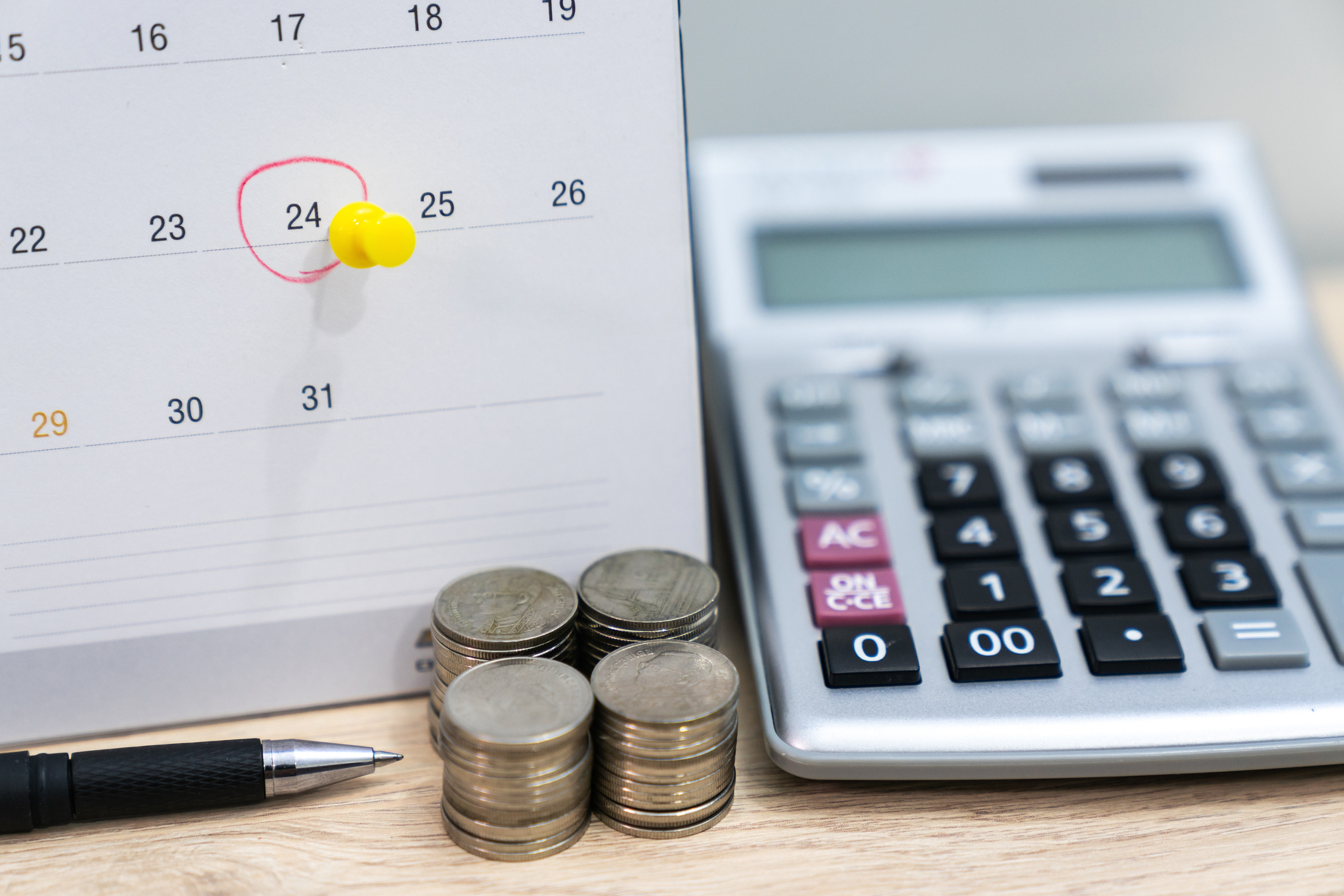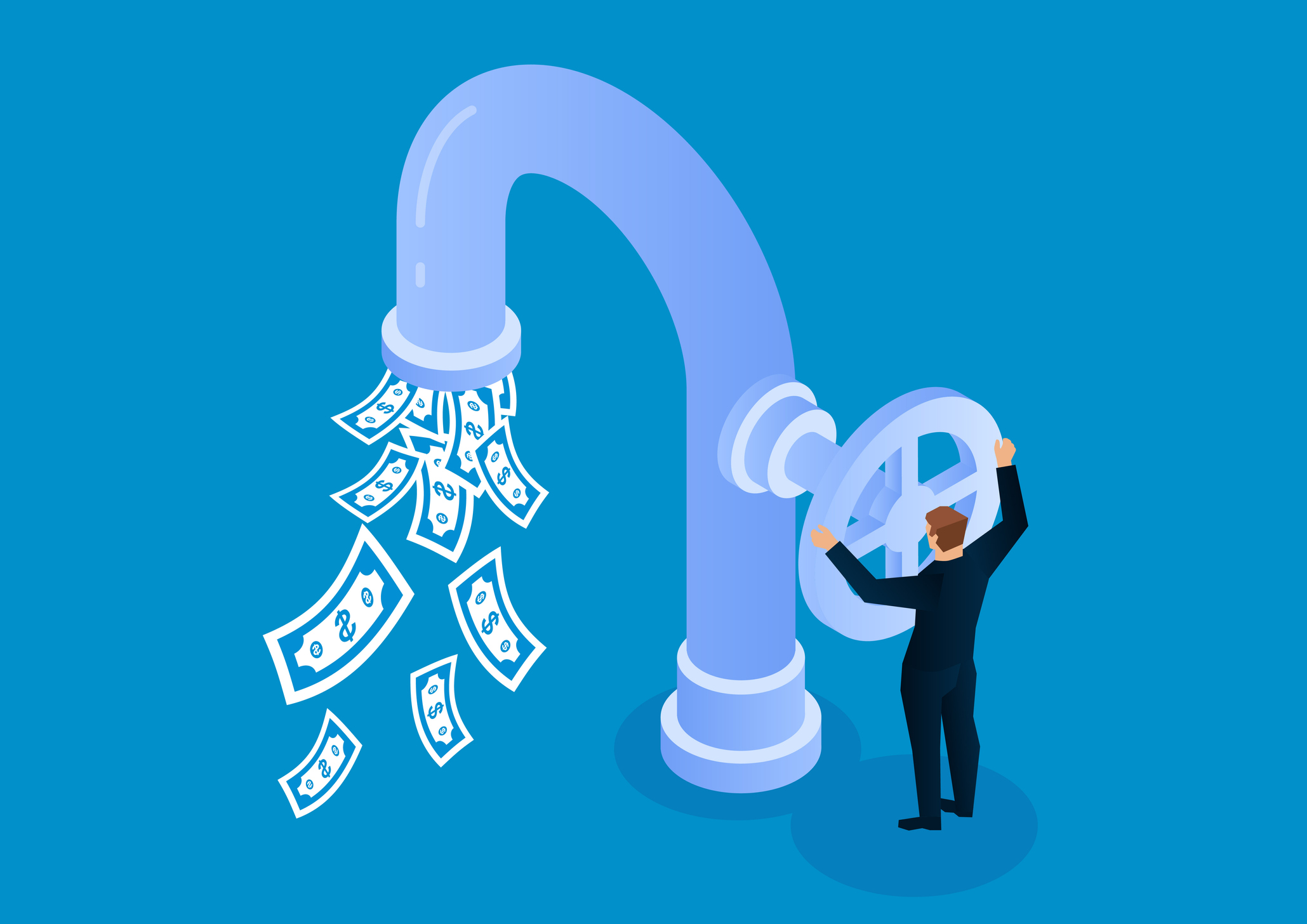Prepare for a Mild Pullback in Bonds
There's more to this picture than the direction of interest rates.


I’m about to do what some of my longtime readers might ridicule as an about-face and a few will denounce as a betrayal of my core convictions. For the first time in this decade, I am forecasting negative total returns for bonds, on average, over the next several months and probably for all of 2018.
Before you faint, I am not abandoning my view that interest rates will stay “lower for longer,” nor am I suggesting that your portfolio will suffer severe damage. But bonds are now expensive, and 2017’s excellent returns appear to have borrowed some gains from 2018. So I predict, for reasons I’ll get to, a roughly 2% net loss (that’s principal losses reduced by interest payments) for 2018 on a broad portfolio of bonds of varying maturities and credit types.
First, though, I reiterate that the low-stress financial climate we’ve enjoyed since the Great Recession will persist. Low inflation, range-bound interest rates and U.S. economic growth will steer the same steady course over 2018 as they have over the past few years. So, then, why do I think bonds are due to backtrack? My reasons are a mite wonkish. But hear me out.

Sign up for Kiplinger’s Free E-Newsletters
Profit and prosper with the best of expert advice on investing, taxes, retirement, personal finance and more - straight to your e-mail.
Profit and prosper with the best of expert advice - straight to your e-mail.
Rates aren’t the whole story. Bonds make or lose money in several ways. Swings in interest rates get the most attention, though rate action tends to have the most effect on Treasury bond prices. (Normally, when rates rise, bonds already in circulation lose value.) Kiplinger thinks that the rate on 10-year Treasuries will end 2018 at 2.8%, up from 2.4% expected at the end of 2017. But there’s more to bond returns than the rate trend. Most critical is the gap, or “spread,” between Treasury yields and those for municipals, corporates, high-yield “junk” bonds, emerging-markets debt, mortgage pools, preferred stocks, and sometimes even real estate investment trusts and energy partnerships. When spreads are narrowing, it means those categories are delivering higher returns than Treasuries—and of late, ever-tighter spreads have inflamed bond returns.
A year ago, the average investment-grade, triple-B-rated corporate bond yielded 1.7 percentage points more than Treasuries of the same maturity. Now, triple-Bs yield one percentage point more—a big reason why triple-B bonds show a superb 6.5% return for 2017 through October 31 compared with 2.1% for 10-year Treasuries. Spreads on junk bonds range from 5.2 percentage points to barely over 3, which is about as close to Treasury yields as you’ll ever see for junk. High-yield bonds have an average year-to-date 2017 return of 7.5%. But now, the extra yield you’d receive for taking the greater risk of investing in lower-rated non-government debt is so small that even bond bulls doubt spreads will narrow further.
This segues to the next reason for caution: supply and demand. In 2017, despite the healthy economy, new issuance for every kind of bond, taxable and tax-free, fell from 2016 levels. Yet investors are pouring fresh money into bond mutual funds, exchange-traded funds and institutional fixed-income accounts. This shortage of debt securities pushes up prices, tightens spreads and contributes to strong total returns. But now I see forecasts that 2018 issuance will rise, or at least stop falling.
A new Federal Reserve chairman is a wild card for the fixed-income market, although the consensus is that after the appointment of Jerome Powell, monetary policy won’t stray far from the path it’s on now.
In sum, should you sell? In most cases, the answer is no, especially if you bought a bond or invested in a fund for the income and you would owe capital gains taxes. If you think you can finesse the market by selling an appreciated bond or bond fund, holding the cash for a bit, then reinvesting for a higher yield, ask yourself if you’ve ever aced such a tactical trade with stocks (or anything else). It’s tougher in practice than in theory. For most investors, a better course of action in 2018 is to sit tight and collect your interest.
Get Kiplinger Today newsletter — free
Profit and prosper with the best of Kiplinger's advice on investing, taxes, retirement, personal finance and much more. Delivered daily. Enter your email in the box and click Sign Me Up.

-
 33 Stocks That Could Rally 50% or More This Year
33 Stocks That Could Rally 50% or More This YearAnalysts say these S&P 500 stocks have at least 50% price upside over the next year or so.
By Dan Burrows
-
 Stock Market Today: Dow Drops 971 Points as Powell Pressure Ramps Up
Stock Market Today: Dow Drops 971 Points as Powell Pressure Ramps UpPresident Trump is increasing his attacks against Jerome Powell, insisting the Fed chair cut interest rates.
By Karee Venema
-
 How Inflation, Deflation and Other 'Flations' Impact Your Stock Portfolio
How Inflation, Deflation and Other 'Flations' Impact Your Stock PortfolioThere are five different types of "flations" that not only impact the economy, but also your investment returns. Here's how to adjust your portfolio for each one.
By Kim Clark
-
 Kiplinger's Economic Calendar for This Week (April 21-25)
Kiplinger's Economic Calendar for This Week (April 21-25)This week's economic calendar features several Fed speakers and a key reading on consumer sentiment.
By Karee Venema
-
 Why I Still Won't Buy Gold: Glassman
Why I Still Won't Buy Gold: GlassmanOne reason I won't buy gold is because while stocks rise briskly over time – not every month or year, but certainly every decade – gold does not.
By James K. Glassman
-
 Should You Use a 25x4 Portfolio Allocation?
Should You Use a 25x4 Portfolio Allocation?The 25x4 portfolio is supposed to be the new 60/40. Should you bite?
By Nellie S. Huang
-
 Retirement Income Funds to Keep Cash Flowing In Your Golden Years
Retirement Income Funds to Keep Cash Flowing In Your Golden YearsRetirement income funds are aimed to engineer a steady payout of cash for retirees. Here are a few we like.
By Nellie S. Huang
-
 10 2024 Stock Picks From An Investing Expert
10 2024 Stock Picks From An Investing ExpertThese 2024 stock picks have the potential to beat the market over the next 12 months.
By James K. Glassman
-
 Dividends Are in a Rut
Dividends Are in a RutDividends may be going through a rough patch, but income investors should exercise patience.
By Jeffrey R. Kosnett
-
 Why Investors Needn't Worry About U.S. Credit Downgrade
Why Investors Needn't Worry About U.S. Credit DowngradeFitch Ratings The United States saw its credit rating downgraded for just the second time in history, but experts aren't worried about the long-term damage to stocks.
By Dan Burrows